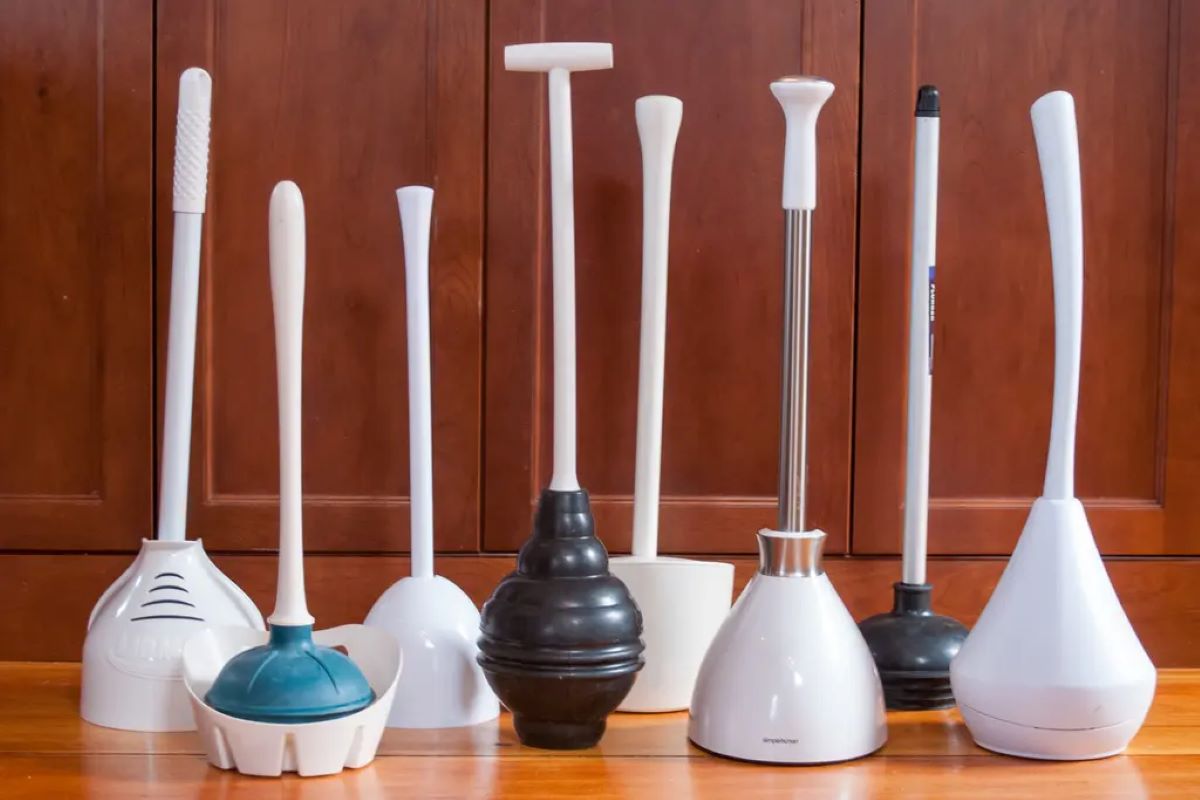

Articles
How To Store A Toilet Plunger
Modified: March 19, 2024
Discover the best way to store a toilet plunger with our helpful articles. Keep your bathroom neat and tidy with our expert tips and tricks.
(Many of the links in this article redirect to a specific reviewed product. Your purchase of these products through affiliate links helps to generate commission for Storables.com, at no extra cost. Learn more)
Introduction
Having a toilet plunger is an essential tool for every household. Whether it’s a clogged toilet or a stubborn drain, a plunger can come to the rescue and save the day. However, once the job is done, it’s important to properly store the plunger to maintain its cleanliness and functionality.
In this article, we will discuss the importance of proper storage for a toilet plunger and provide you with useful tips on finding the right storage location, choosing the right storage container, cleaning the plunger before storage, and properly storing it.
By following these guidelines, you can ensure that your plunger remains in good condition and ready to use whenever needed. Let’s dive in!
Key Takeaways:
- Properly storing your toilet plunger is crucial for maintaining cleanliness, prolonging its lifespan, and ensuring easy accessibility during emergencies. Follow the guidelines to keep your plunger in excellent condition.
- Choosing the right storage location, container, and cleaning routine for your toilet plunger is essential for maintaining hygiene, functionality, and longevity. Implement these practices to keep your plunger ready for action.
Read more: Where To Store Plunger And Toilet Brush
Why is Proper Storage Important?
Proper storage of a toilet plunger is crucial for several reasons. Let’s explore the importance of it:
- Maintaining Cleanliness: A plunger comes into direct contact with dirty and potentially unsanitary substances. Proper storage helps prevent the spread of germs and bacteria, ensuring the plunger remains clean and hygienic.
- Prolonging Lifespan: Storing a plunger correctly can extend its lifespan. Plungers made from rubber or other materials can degrade over time if not stored properly. By keeping it in the right conditions, you can prevent premature wear and tear, ensuring that the plunger remains effective for a long time.
- Preventing Unpleasant Odors: If a plunger is left out in the open, it can retain unpleasant smells and odors. By storing it in a proper container or location, you can prevent the spread of these odors and keep your surroundings fresh and pleasant.
- Reducing Clutter: Storing a plunger in a designated location helps to keep your space organized and clutter-free. Instead of leaving it out in the open or tucked away in random places, having a specific storage spot for your plunger improves the overall aesthetics of your bathroom or utility area.
- Easy Accessibility: When a toilet clog occurs, you want to have your plunger readily available. Proper storage ensures that the plunger is easily accessible when you need it the most. It saves you time and effort, allowing you to quickly address the situation without rummaging around or searching for a misplaced plunger.
By understanding the importance of proper storage, you can take the necessary steps to ensure that your plunger remains in excellent condition, ready to tackle any clog that comes your way.
Finding the Right Storage Location
When it comes to storing your toilet plunger, choosing the right location is key. Here are a few factors to consider:
- Accessibility: Select a storage location that is easily accessible. You don’t want to have to maneuver around obstacles or dig through clutter when you’re in a rush to unclog a toilet. Choose a spot that is convenient and within reach.
- Proximity to the Bathroom: Ideally, the storage location should be close to the bathroom where the plunger is frequently used. If possible, choose a spot within the bathroom itself, such as under the sink or in a discreet corner.
- Privacy: While you want the plunger to be easily accessible, it’s also important to consider privacy. Avoid storing it in plain sight, as it may not be the most aesthetically pleasing item to display. Opt for a location that provides some level of privacy, such as a cabinet or a designated storage area.
- Away from Food and Utensils: Keep in mind that a plunger is used to unclog toilets and drains, which means it can come into contact with potentially harmful bacteria and germs. Store it away from food storage areas and utensils to prevent any cross-contamination.
- Child and Pet Safety: If you have children or pets, it’s important to store the plunger in a location that is out of their reach. Plungers can pose a safety hazard if mishandled or played with, so consider a spot that is secure and inaccessible to little hands or curious pets.
By considering these factors, you can find the ideal storage location that balances convenience, privacy, and safety.
Choosing the Right Storage Container
Selecting the appropriate storage container for your toilet plunger is essential for keeping it clean, organized, and easily accessible. Here are some tips to help you choose the right storage container:
- Airtight and Odor-Proof: Look for a container that is airtight and odor-proof. This will prevent any unpleasant smells from escaping and ensure that your plunger remains fresh and hygienic.
- Durable and Easy to Clean: Opt for a container that is made of durable materials, such as plastic or stainless steel. It should also be easy to clean, allowing you to maintain a sanitary storage environment.
- Appropriate Size and Shape: Consider the size and shape of your plunger when choosing a storage container. Make sure that it comfortably fits the plunger without exerting excessive pressure. If there are additional attachments or accessories, ensure that the container can accommodate them as well.
- Concealable: If you prefer to hide the plunger from plain view, choose a container that is easily concealable. This could be a decorative basket, a bin with a lid, or even a specially designed plunger storage unit.
- Waterproof: Given the nature of its use, it’s wise to opt for a waterproof storage container. This will prevent any water or residue from leaking out and potentially causing a mess.
Keep in mind your personal preferences and the specific requirements of your bathroom or storage area when selecting a storage container. The aim is to find a container that effectively protects and conceals the plunger while complementing the overall aesthetics of the space.
After using a toilet plunger, rinse it thoroughly and allow it to air dry completely. Store it in a well-ventilated area, away from other cleaning tools, to prevent the spread of germs.
Cleaning the Plunger before Storage
Before storing your toilet plunger, it is crucial to clean it properly. Here’s how you can effectively clean your plunger:
- Rinse with Water: Start by rinsing the plunger under running water to remove any excess debris or residual matter. Use your hands or a brush to gently scrub the surface of the plunger.
- Use a Disinfectant: After rinsing, apply a disinfectant solution to the plunger. You can use a mixture of water and bleach or a commercially available disinfectant spray. Follow the instructions provided on the product for the appropriate dilution and application method.
- Scrub and Soak: Use a sponge or brush to scrub the plunger, paying extra attention to the rubber cup and the handle. Ensure that all surfaces are thoroughly cleaned. If the plunger is particularly dirty, you may consider soaking it in a solution of warm water and mild detergent for a few minutes before scrubbing.
- Rinse and Dry: After scrubbing, rinse the plunger again under running water to remove any traces of cleaning solution or detergent. Shake off any excess water and then dry the plunger thoroughly using a clean towel or letting it air dry. It’s important to ensure that the plunger is completely dry before storing it to prevent the growth of mold or mildew.
- Optional – Disinfect the Storage Container: If you are using a storage container, it is a good idea to clean and disinfect it as well. Follow the manufacturer’s instructions for cleaning the container, using a suitable disinfecting solution or wipes.
By following these steps, you can ensure that your plunger is clean and ready for storage. Remember, regular cleaning of the plunger helps maintain its effectiveness and prevents the spread of germs and bacteria.
Read more: How To Unclog A Toilet With A Plunger
Properly Storing the Plunger
Once your toilet plunger is clean and dry, it’s time to store it properly. Follow these guidelines to ensure that your plunger remains in good condition:
- Choose the Right Spot: Find a designated storage spot that meets the criteria outlined earlier, such as being easily accessible, away from food storage areas, and secure from children or pets.
- Use a Storage Container: If desired, place the plunger in a clean and dry storage container. Make sure the container is appropriately sized to accommodate the plunger and any additional attachments. This will help keep the plunger discreet, clean, and protected from dust and debris.
- Positioning the Plunger: When placing the plunger in the storage container or the designated storage spot, ensure that the rubber cup is facing upwards. This will prevent any potential damage or deformation of the rubber cup over time.
- Avoid Stacking Heavy Objects: If you’re storing the plunger in a cabinet or storage area, avoid placing heavy objects on top. This can cause unnecessary pressure on the plunger and potentially affect its shape or functionality.
- Regularly Check for Damage: Periodically inspect the plunger for any signs of damage, such as cracks or tears in the rubber cup or handle. If you notice any issues, consider replacing the plunger to ensure it remains effective when needed.
By following these storage guidelines, you can ensure that your plunger remains clean, easily accessible, and ready to use whenever a clog arises. Proper storage not only protects the plunger but also helps maintain a clean and organized bathroom environment.
Frequently Asked Questions (FAQs)
Here are some common questions about storing a toilet plunger:
- Q: Can I store a wet plunger?
- Q: Where should I store the plunger if I don’t have a designated storage area?
- Q: Are there any alternatives to traditional plungers?
- Q: How often should I clean my toilet plunger?
- Q: Can I store the plunger inside the toilet bowl?
A: It is recommended to dry the plunger thoroughly before storage to prevent the growth of mold or mildew. If you absolutely need to store a wet plunger, ensure that it is placed in a well-ventilated area to allow for air circulation.
A: If you don’t have a specific storage area, consider using a discreet storage container or a covered basket that can be tucked away in a cabinet or under the sink. This will help keep the plunger out of sight while providing easy access.
A: Yes, there are alternative options such as accordion-shaped plungers, toilet augers, or drain snakes. These tools serve similar purposes and may come with their own storage guidelines. Ensure that you follow the manufacturer’s recommendations for storing these alternative tools.
A: It is recommended to clean your plunger after each use. Regular cleaning helps maintain its effectiveness and prevents the spread of germs and bacteria. Additionally, a thorough cleaning before storage is essential to keep the plunger in good condition.
A: Storing the plunger inside the toilet bowl is not recommended. It can be unsightly and may interfere with the functioning of the toilet. It’s best to find a separate storage location or use a storage container specifically designed for plungers.
If you have any additional questions about storing your toilet plunger, consult the manufacturer’s instructions or seek advice from a plumbing professional. Remember, proper storage helps maintain the cleanliness, functionality, and longevity of your plunger.
Conclusion
Properly storing your toilet plunger is essential for maintaining its cleanliness, functionality, and longevity. By following the guidelines outlined in this article, you can ensure that your plunger remains in excellent condition and is readily accessible whenever you need it:
- Choose a storage location that is easily accessible, close to the bathroom, and provides some level of privacy.
- Select a storage container that is airtight, odor-proof, durable, and easy to clean.
- Thoroughly clean the plunger before storage, using water, disinfectant solution, and scrubbing tools.
- Ensure the plunger is dry before storing it to prevent the growth of mold or mildew.
- Consider using a storage container to protect the plunger from dust, debris, and potential damage.
- Regularly check the plunger for any signs of damage and replace it if necessary.
By implementing these storage practices, you can maintain a hygienic and organized bathroom while ensuring that your plunger is always ready for action.
Remember to follow the manufacturer’s instructions for cleaning and storing your specific plunger. If you have any doubts or specific concerns, consult a plumbing professional for guidance.
So, go ahead and find the perfect storage spot for your plunger, clean it regularly, and enjoy the peace of mind knowing that you have a reliable tool to tackle any toilet or drain clogs that come your way!
Frequently Asked Questions about How To Store A Toilet Plunger
Was this page helpful?
At Storables.com, we guarantee accurate and reliable information. Our content, validated by Expert Board Contributors, is crafted following stringent Editorial Policies. We're committed to providing you with well-researched, expert-backed insights for all your informational needs.
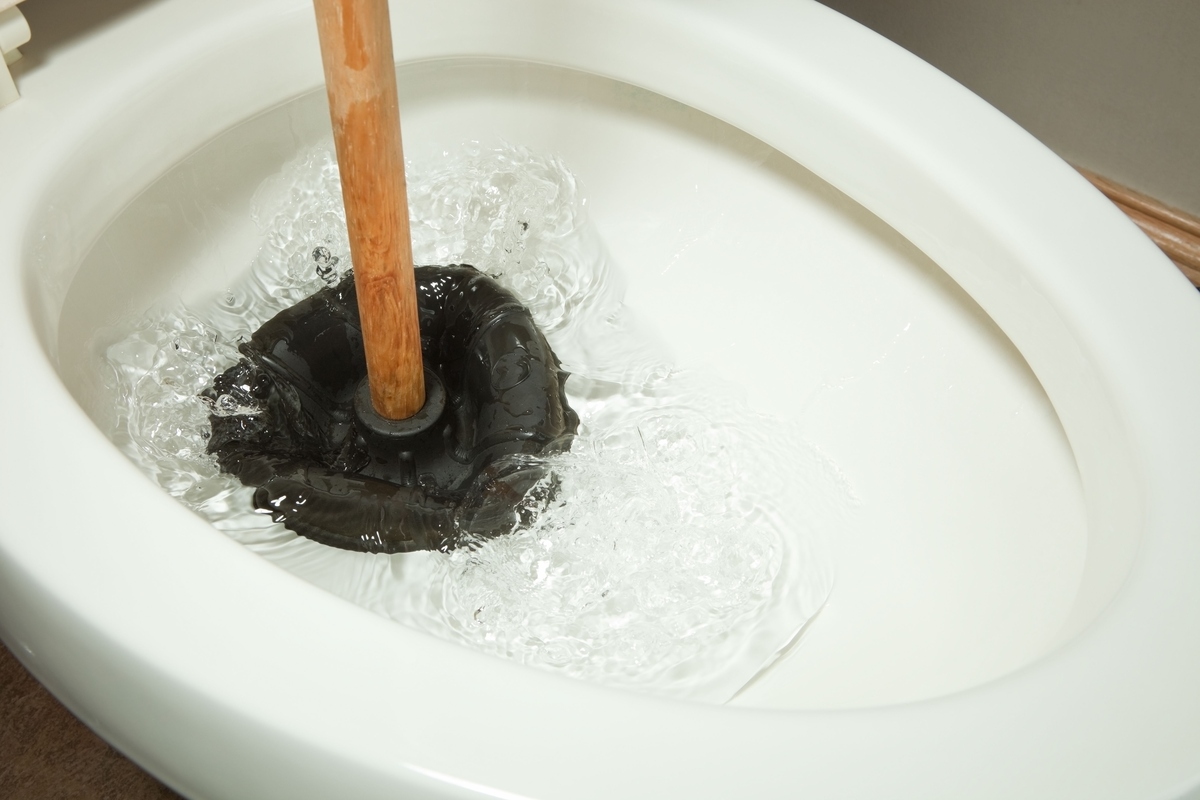
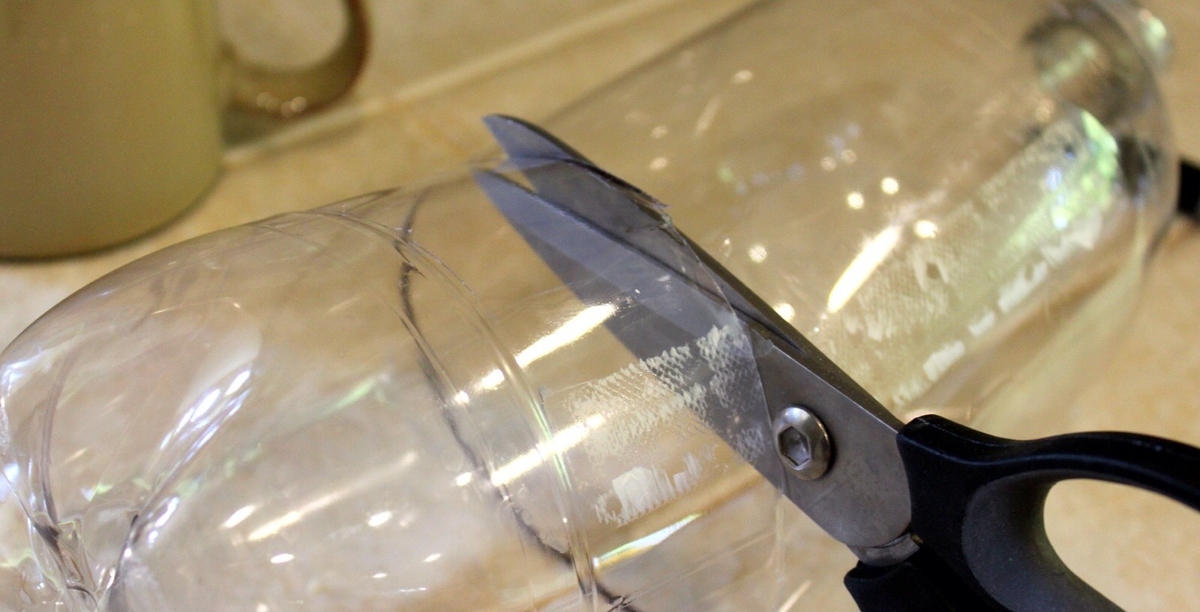
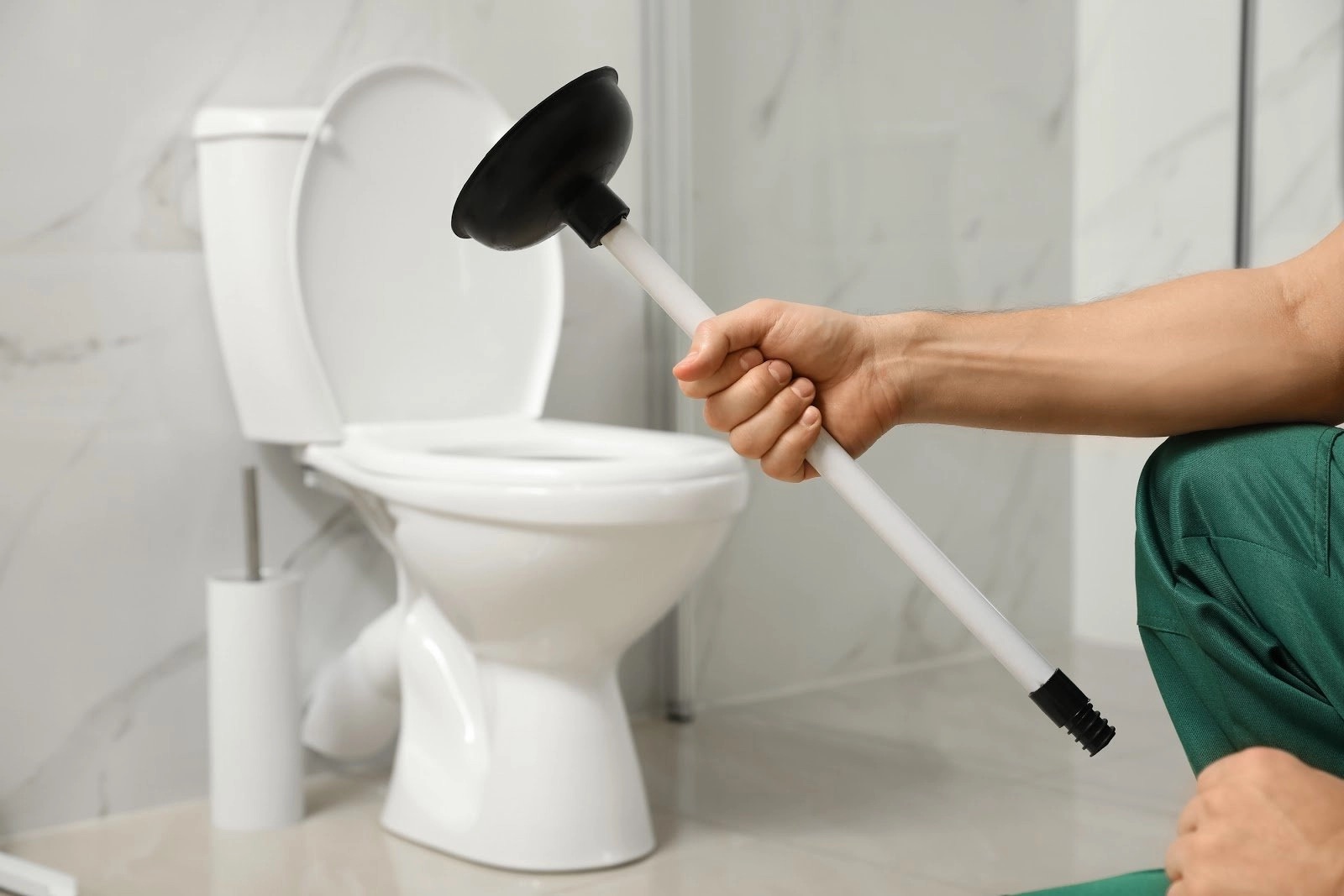
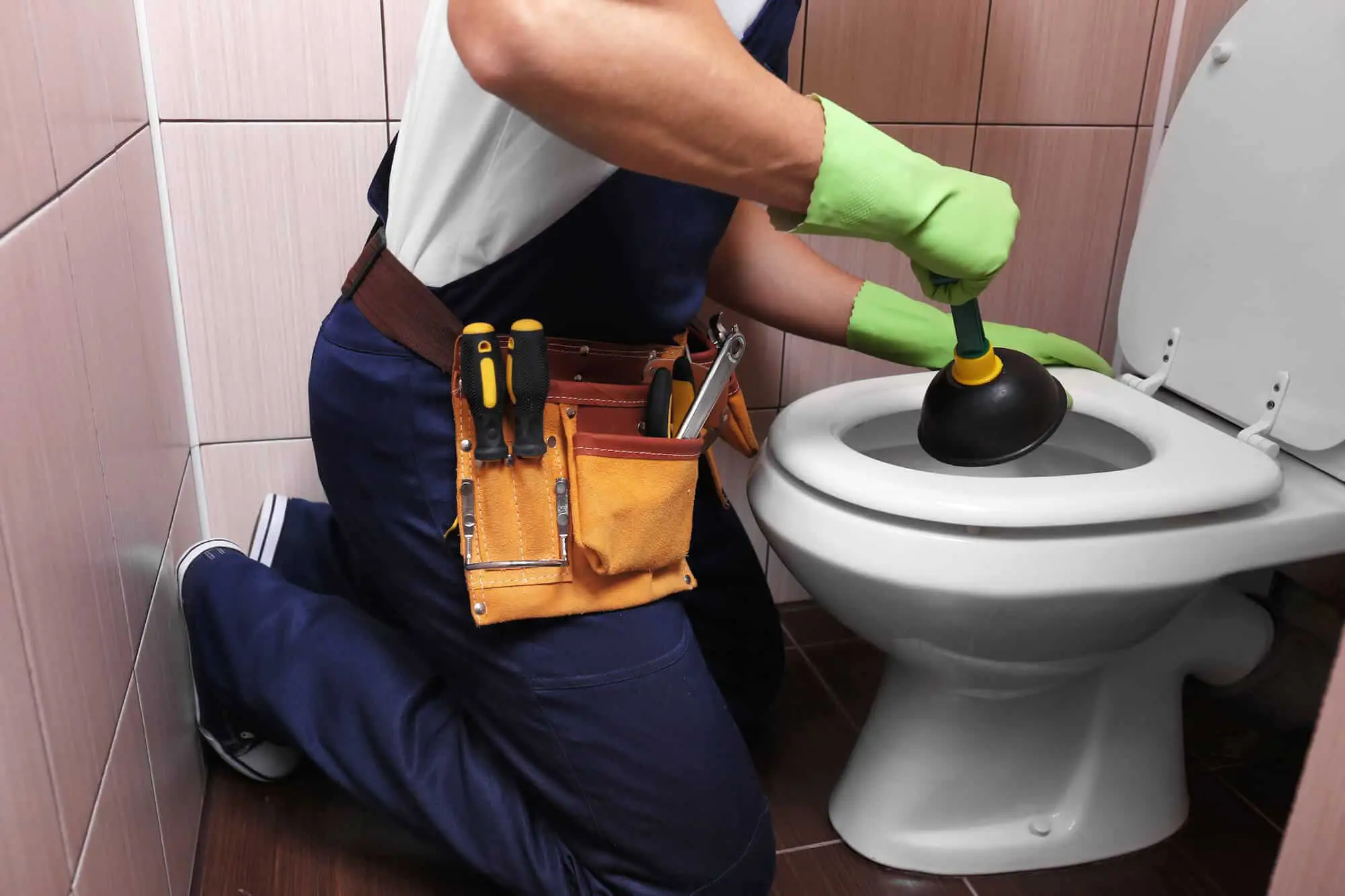
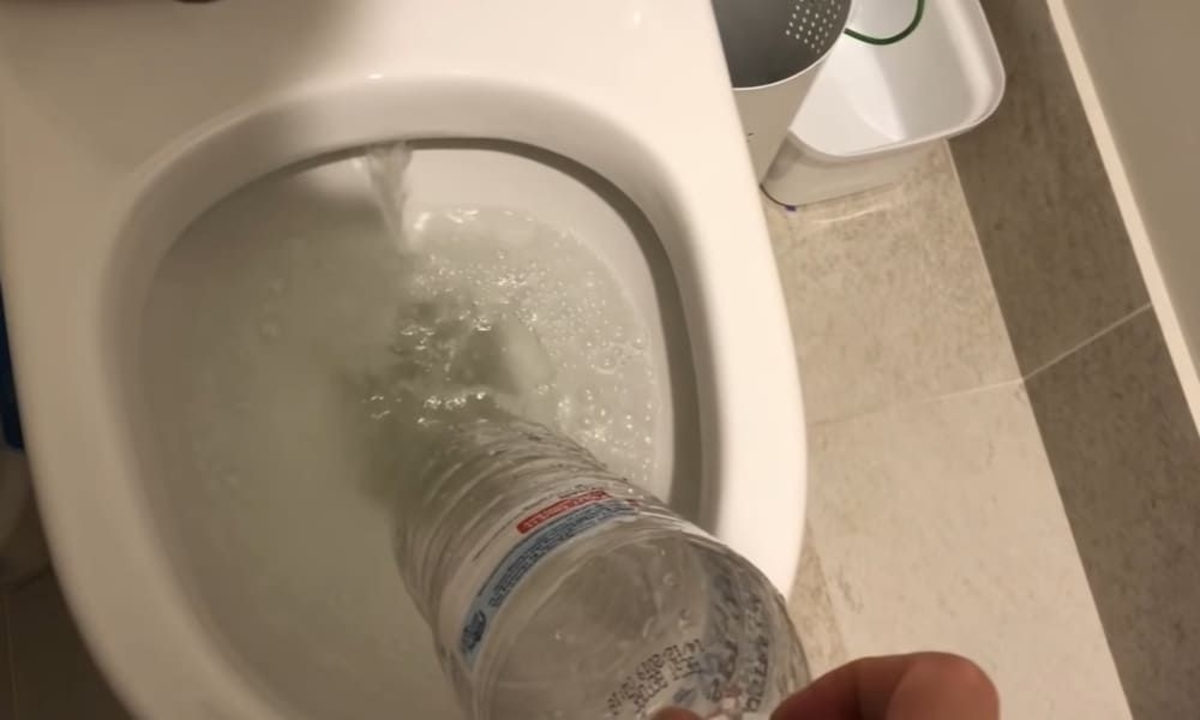
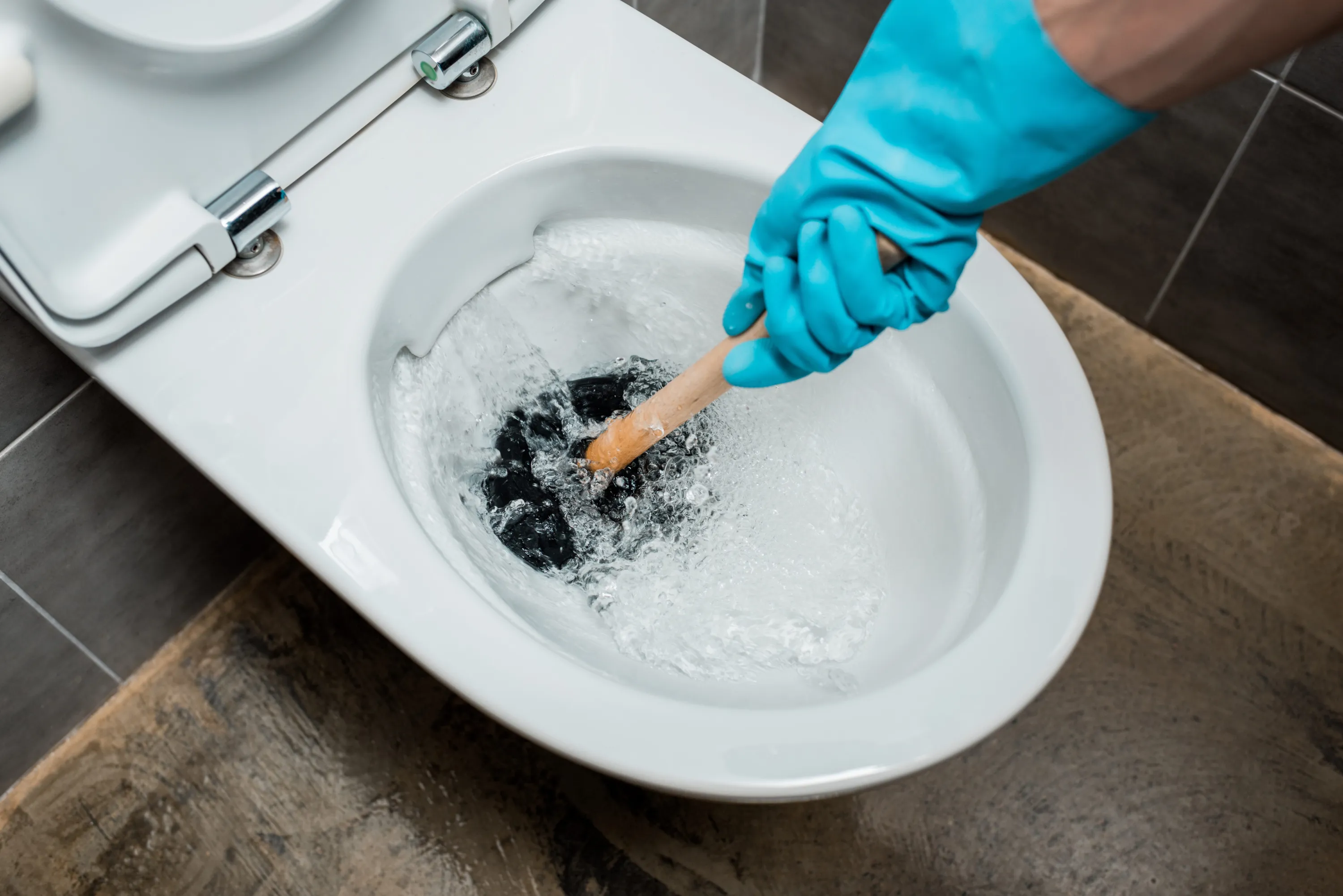
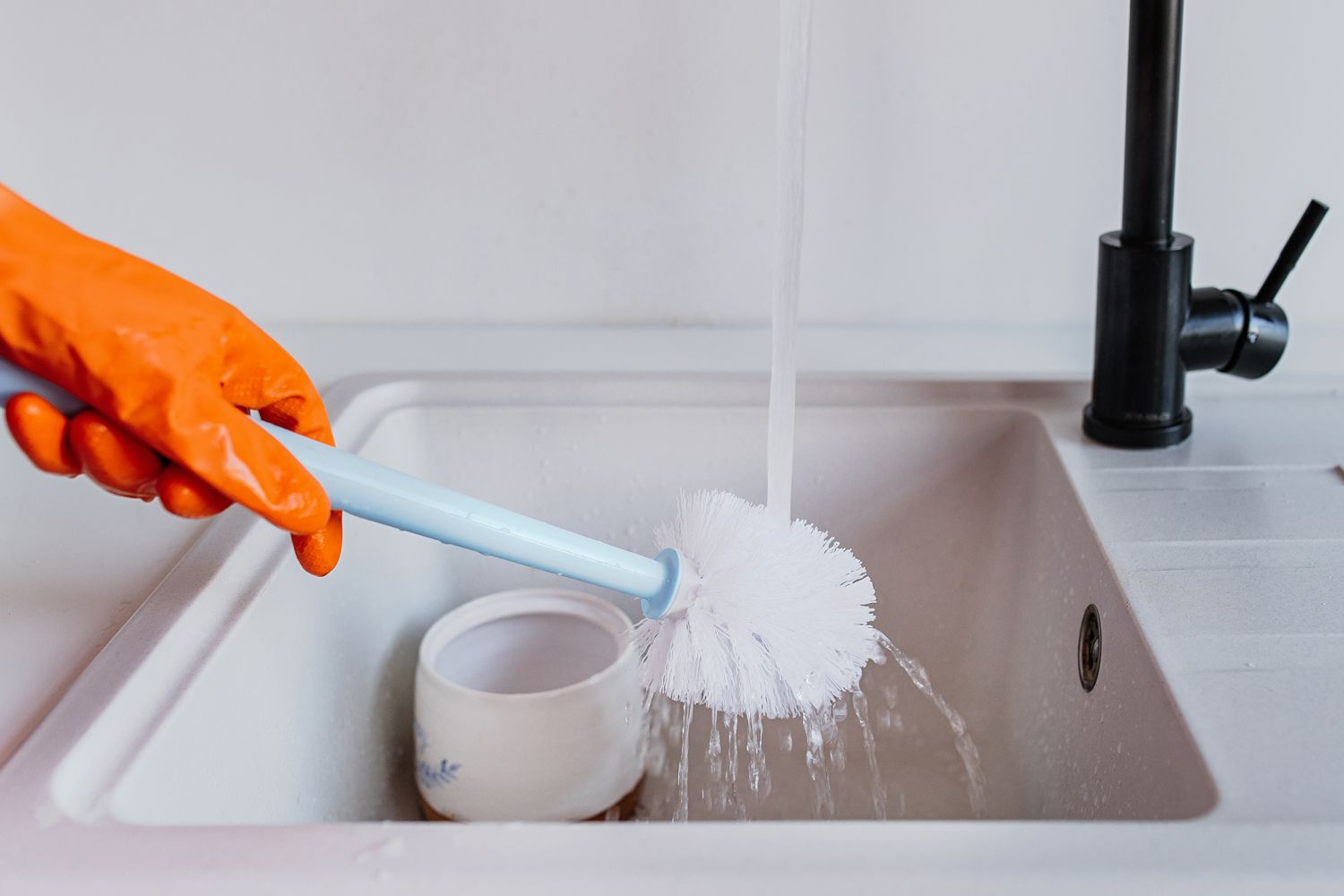
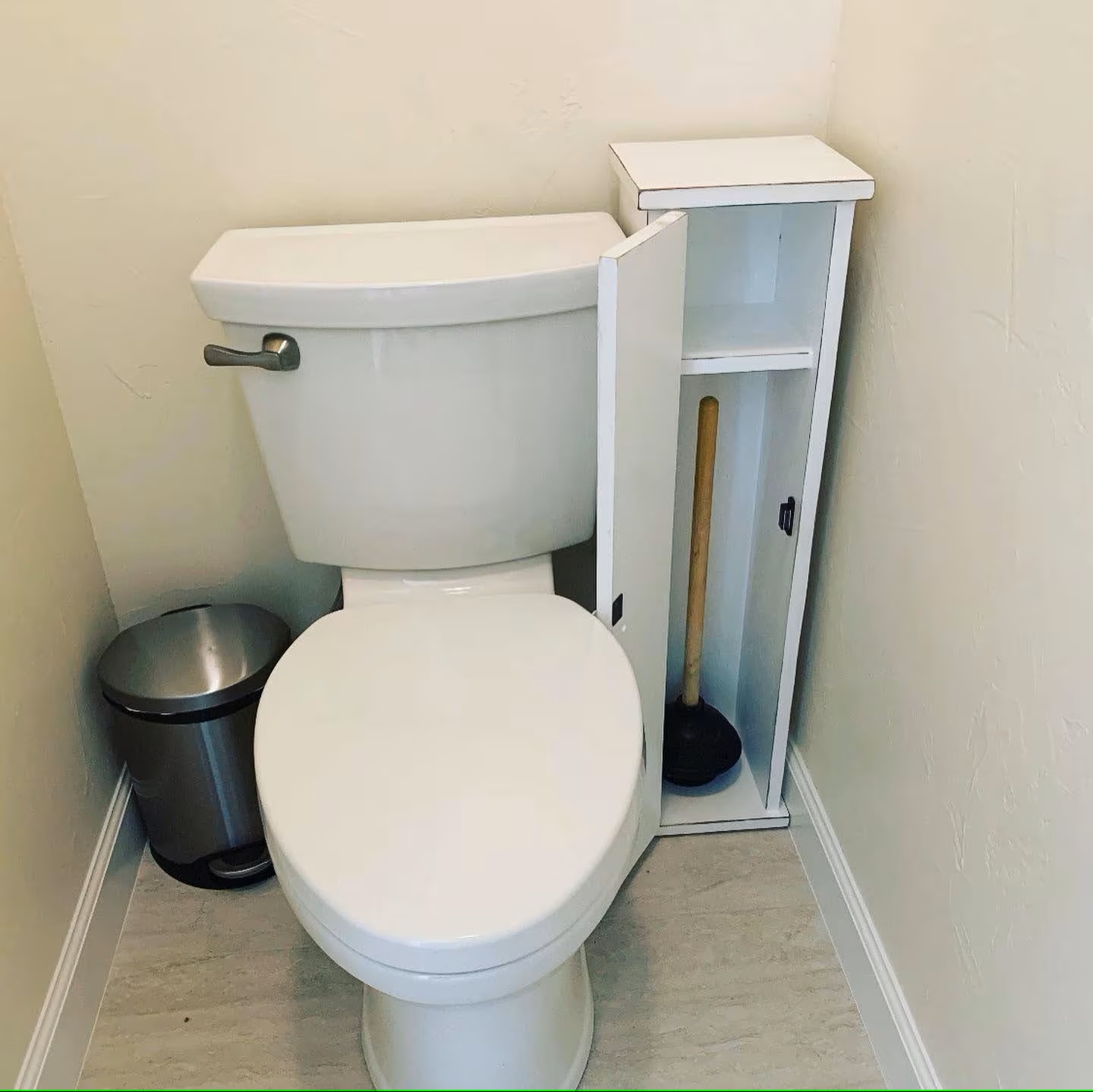
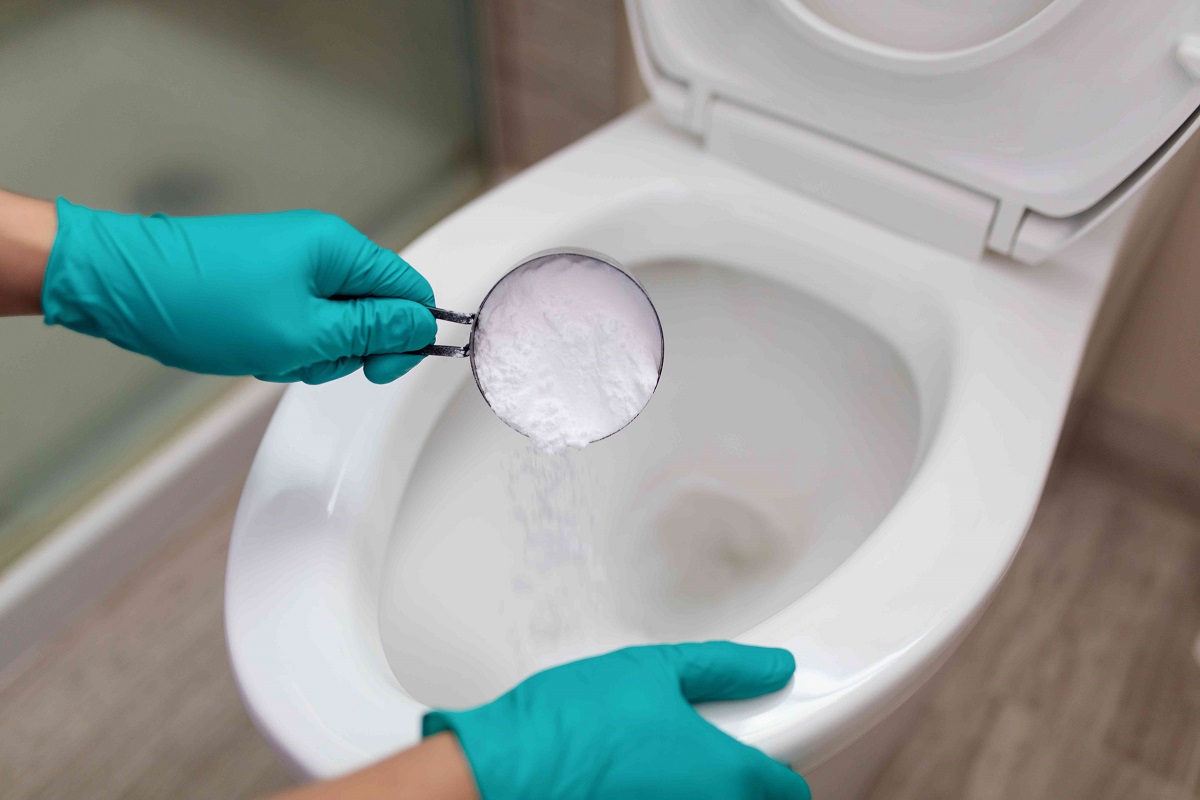
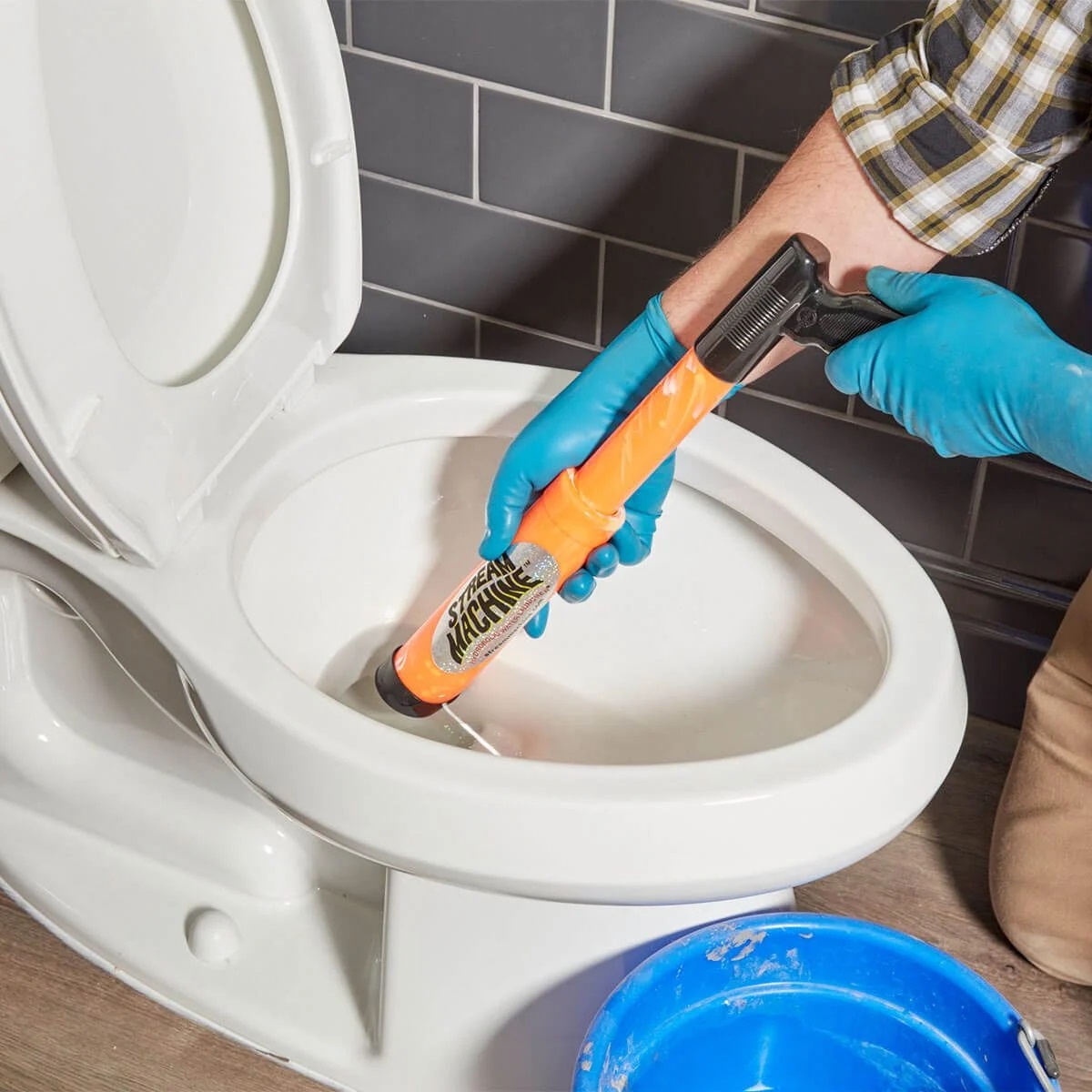
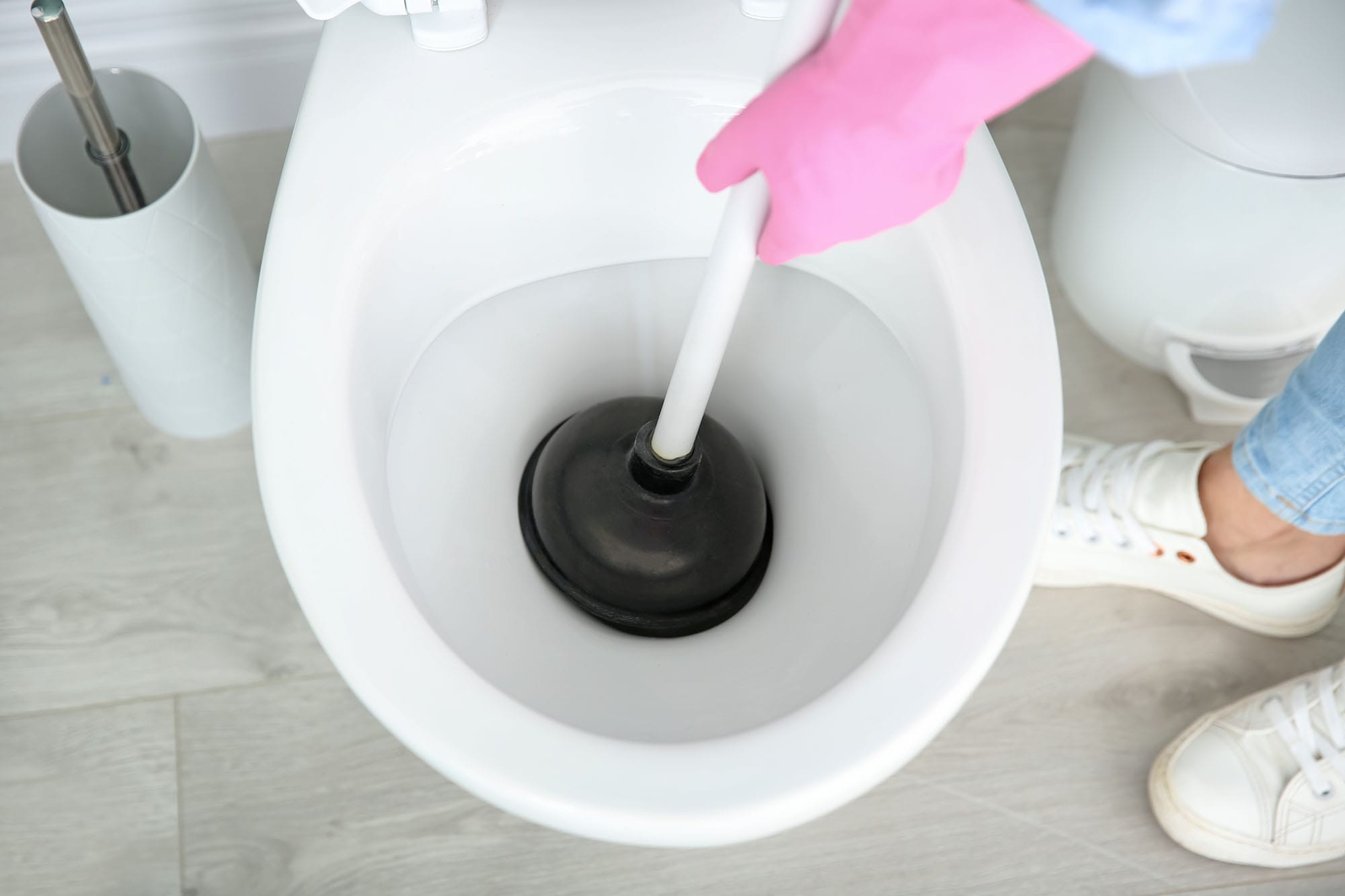
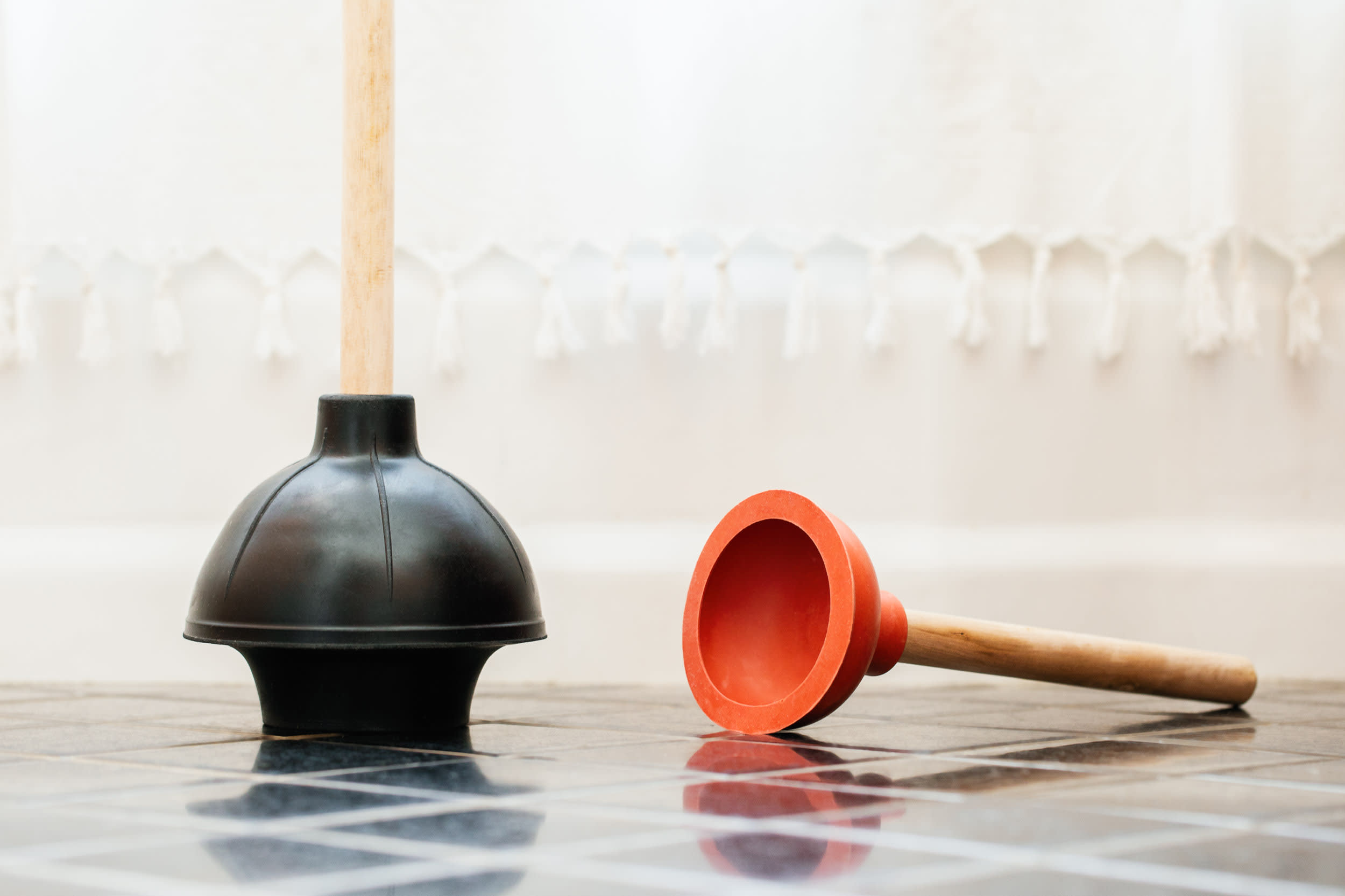
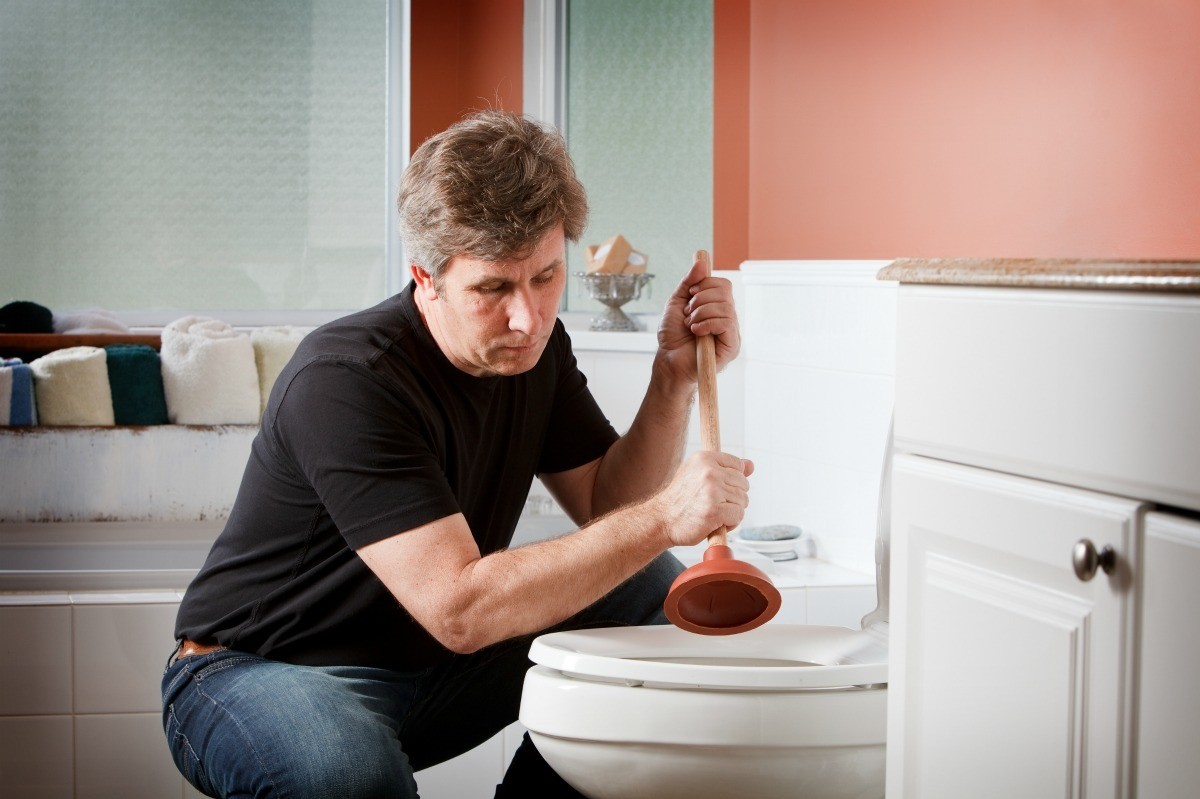
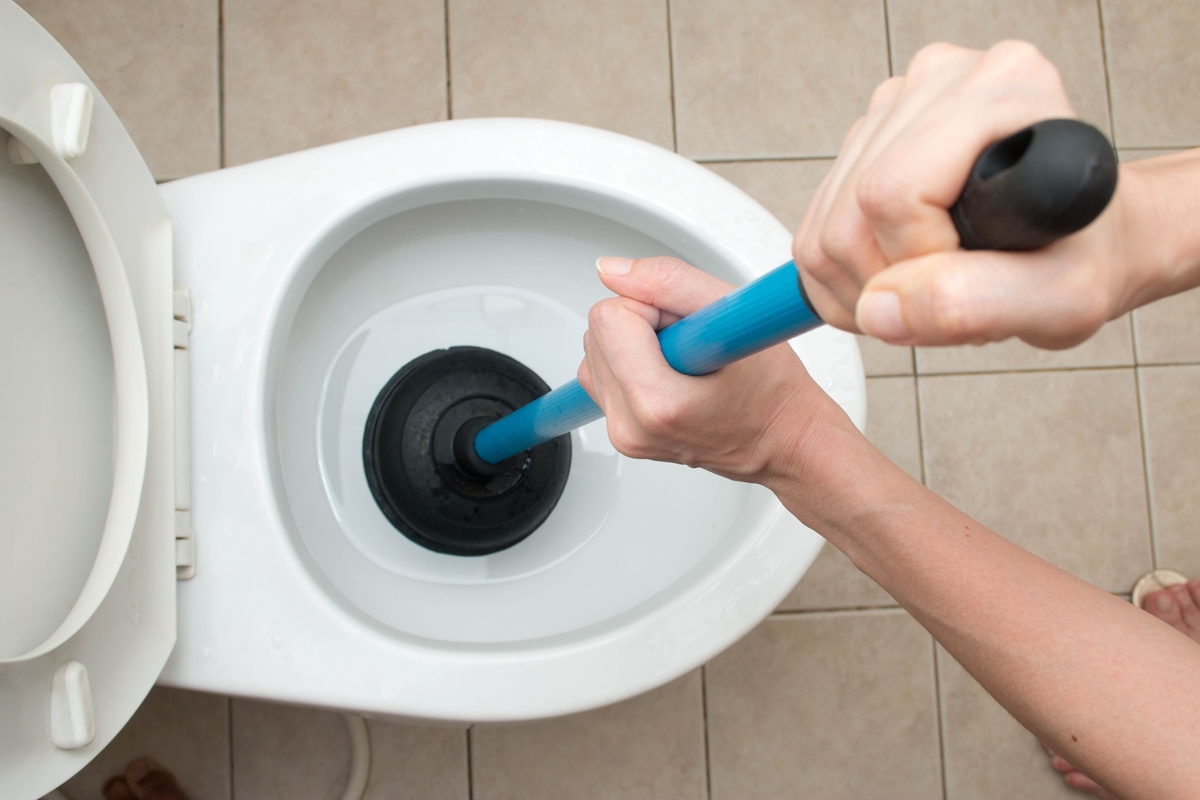

0 thoughts on “How To Store A Toilet Plunger”